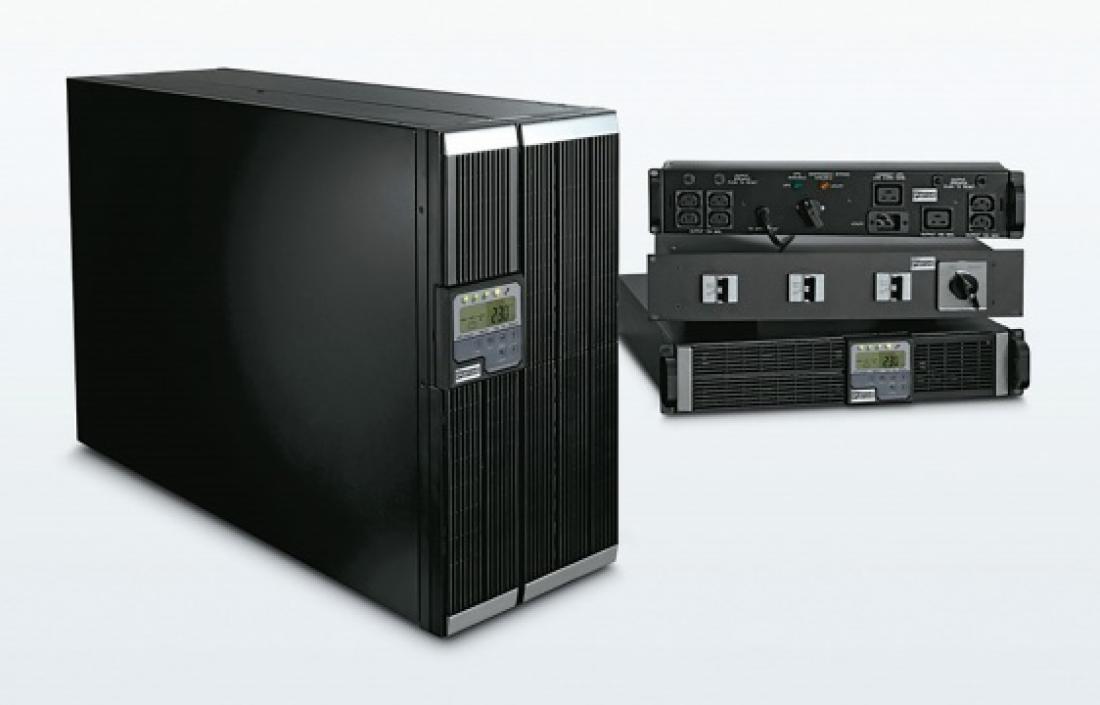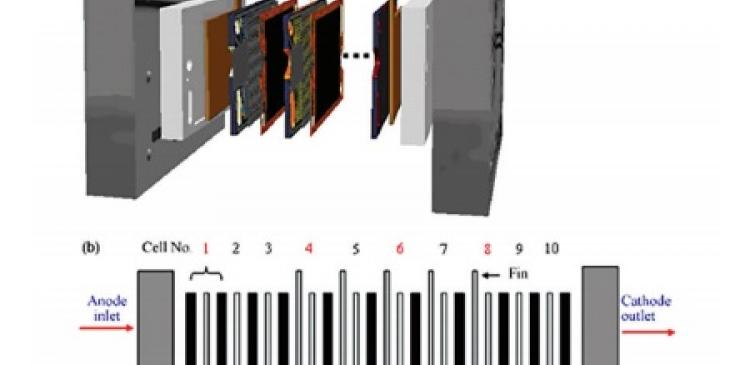Application on commercial portable electrical device, i.e. Uninterruptible Power System.
Global warming and the shortage of fossil fuels have renewed the global interests of the development of fuel cell technologies, especially the proton exchange membrane fuel cell (PEMFC).
The Hong Polytechnic University (PolyU) researchers developed the pyrolytic graphite sheet (PGS) heat spreader to cool down and discharge the waste heat of PEMFC effectively. The high thermal conductive PGS can be easily assembled in the PEMFC stack and miniaturize the cooling system. This PGS cooling PEMFC approach creates a low working temperature, fast reaction and quick response fuel cell stack, which has great potential in commercial portable electronic device applications, such as chargers and UPS (Uninterruptible Power System).
Special Features and Advantages
• Serve as a heat spreader
• Reduce the volume and weight of cooling system
• Transport waste heat out of the PEMFC through thermal conduction, and then dissipate this heat to surrounding air through natural convection
• Reduces and homogenizes the temperature in the reaction area of the fuel cells
Applications
• Local power generation
• Zero-emission electric vehicles
• Commercial portable electronic devices, i.e. laptop computer chargers
• Uninterruptible Power System
Principal Investigator
Prof. Chih-yung WEN
Department of Mechanical Engineering
The Hong Kong Polytechnic University
Contact Details
Institute for Entrepreneurship
The Hong Kong Polytechnic University
Tel: (852) 3400 2929 Fax: (852) 2333 2410 Email: [email protected]




